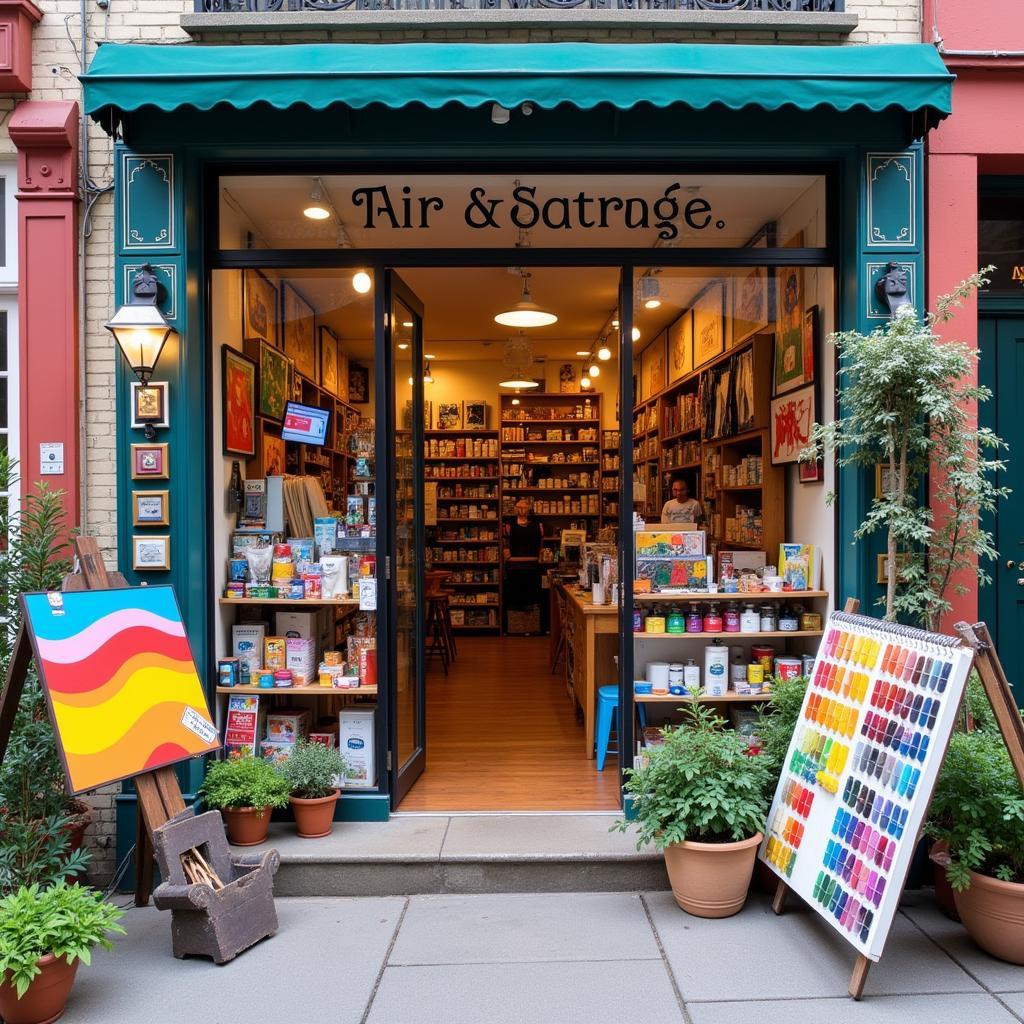Unleash Your Inner Force: Mastering Pixel Art Star Wars Darth Vader
Creating Pixel Art Star Wars Darth Vader is more than just arranging squares; it’s about capturing the iconic presence of the Dark Lord in a minimalist yet powerful format. This guide will delve into the techniques and artistry behind crafting compelling pixel art of this legendary villain, from understanding color palettes to mastering shading and animation.
Understanding the Power of Pixels: Darth Vader in Miniature
Pixel art has a unique charm, and when applied to iconic figures like Darth Vader, it creates a nostalgic and visually striking effect. The challenge lies in distilling the complex details of his costume and menacing presence into a limited pixel canvas. This requires careful planning and a deep understanding of the character’s visual language.
Choosing the Right Palette: Capturing the Darkness
Darth Vader’s color scheme is instantly recognizable: black, grey, and the subtle glow of his lightsaber’s crimson blade. When working with pixel art, selecting the right shades within this limited palette is crucial. Too much black can make the image appear flat, while the wrong grey can diminish the impact of his armor. Experimenting with different shades and saturations will help achieve the desired effect. A slightly desaturated red for the lightsaber can create a more ominous glow, reminiscent of the films.
Shaping the Sith Lord: Defining Darth Vader’s Form
Darth Vader’s imposing figure is key to his character. Even in a simplified pixel art form, conveying his broad shoulders, helmet, and flowing cape is essential. Start with a basic outline, focusing on the core shapes. Then, gradually add details, working within the constraints of the pixel grid. Think about the negative space around the figure, as it plays a crucial role in defining the overall shape and silhouette.
Lighting and Shading: Adding Depth and Dimension
While pixel art is inherently limited in detail, clever use of shading can create the illusion of depth and volume. Consider the light source and how it would interact with Darth Vader’s helmet and armor. Using lighter and darker shades within your chosen palette, you can highlight the contours of his suit and create a sense of three-dimensionality. Subtle highlights on the edges of his helmet can make it appear reflective, adding a touch of realism to the pixelated form.
Animating the Dark Side: Bringing Darth Vader to Life
Adding animation can elevate your pixel art Darth Vader to a whole new level. Simple animations, like a flickering lightsaber or the subtle movement of his cape, can add a dynamic element to the static image. Think about the keyframes and transitions. For example, animating the lightsaber could involve alternating between two slightly different shades of red, creating the illusion of a pulsing glow.
Frame-by-Frame Animation: Pixel Perfection in Motion
Frame-by-frame animation is the traditional approach, where each frame is meticulously crafted to create a seamless sequence. This method allows for precise control over every pixel, resulting in a highly polished and detailed animation. For Darth Vader, this technique could be used to create an animation of him igniting his lightsaber or raising his hand in a Force choke.
Simple Animations: Effective and Efficient
Even simple animations can have a significant impact. A subtle bobbing motion can make the character appear to breathe, while a slow, swaying cape can add a sense of weight and presence. These smaller animations can be easily implemented and can significantly enhance the overall visual appeal of your pixel art Darth Vader.
![]() Darth Vader Pixel Art Animation Example
Darth Vader Pixel Art Animation Example
Conclusion: Embrace the Power of the Pixel
Creating pixel art Star Wars Darth Vader is a rewarding experience that combines technical skill with artistic expression. By understanding color palettes, mastering shading, and exploring animation techniques, you can bring the Dark Lord to life in a unique and captivating way. So, grab your digital brush, embrace the pixel, and unleash your inner Force!
FAQ
-
What software can I use to create pixel art?
Aseprite, Piskel, and GraphicsGale are popular choices. -
How do I choose the right pixel size for my art?
Start with a smaller canvas and scale up as needed. -
What is dithering in pixel art?
Dithering is a technique to create the illusion of more colors. -
How can I improve my pixel art skills?
Practice, study other artists, and experiment! -
Where can I find inspiration for my pixel art?
Look at classic video games, retro artwork, and even nature. -
What are some common mistakes to avoid in pixel art?
Using too many colors, neglecting outlines, and inconsistent pixel size. -
How do I export my pixel art for different platforms?
Save as PNG for optimal quality and web compatibility.
Need help with your pixel art journey? Contact us! Phone: 02462573573, Email: [email protected], or visit us at Savico Megamall, 7-9 Đ. Nguyễn Văn Linh, Gia Thụy, Long Biên, Hà Nội 10000, Việt Nam. We have a 24/7 customer support team. We also have articles about other pixel art characters and techniques. Check them out!
